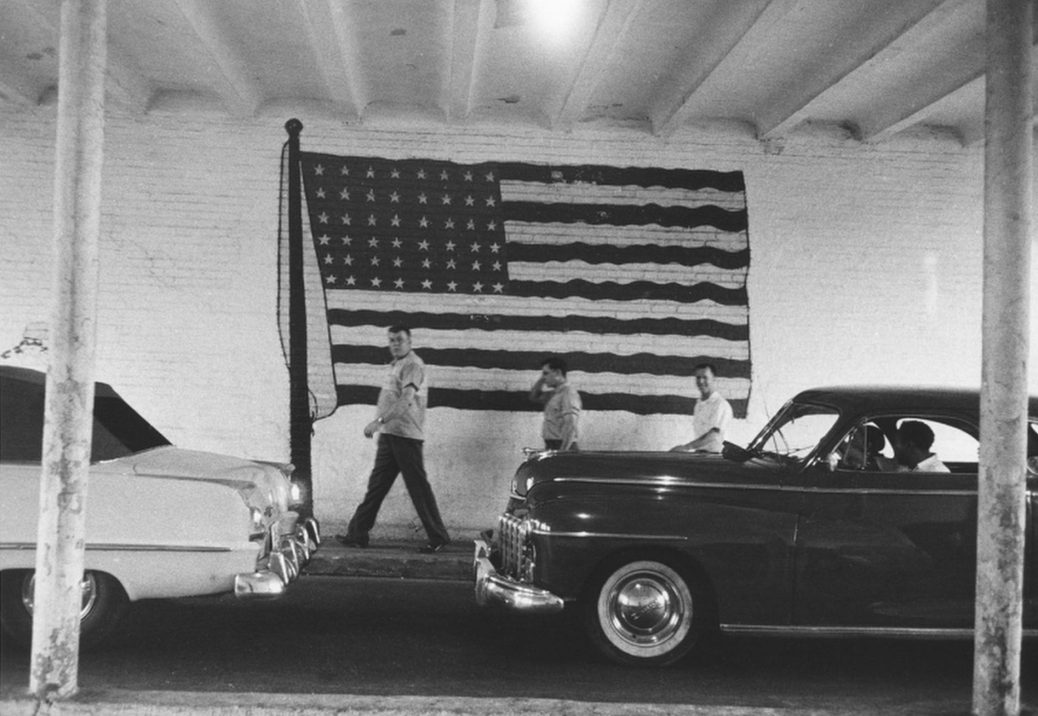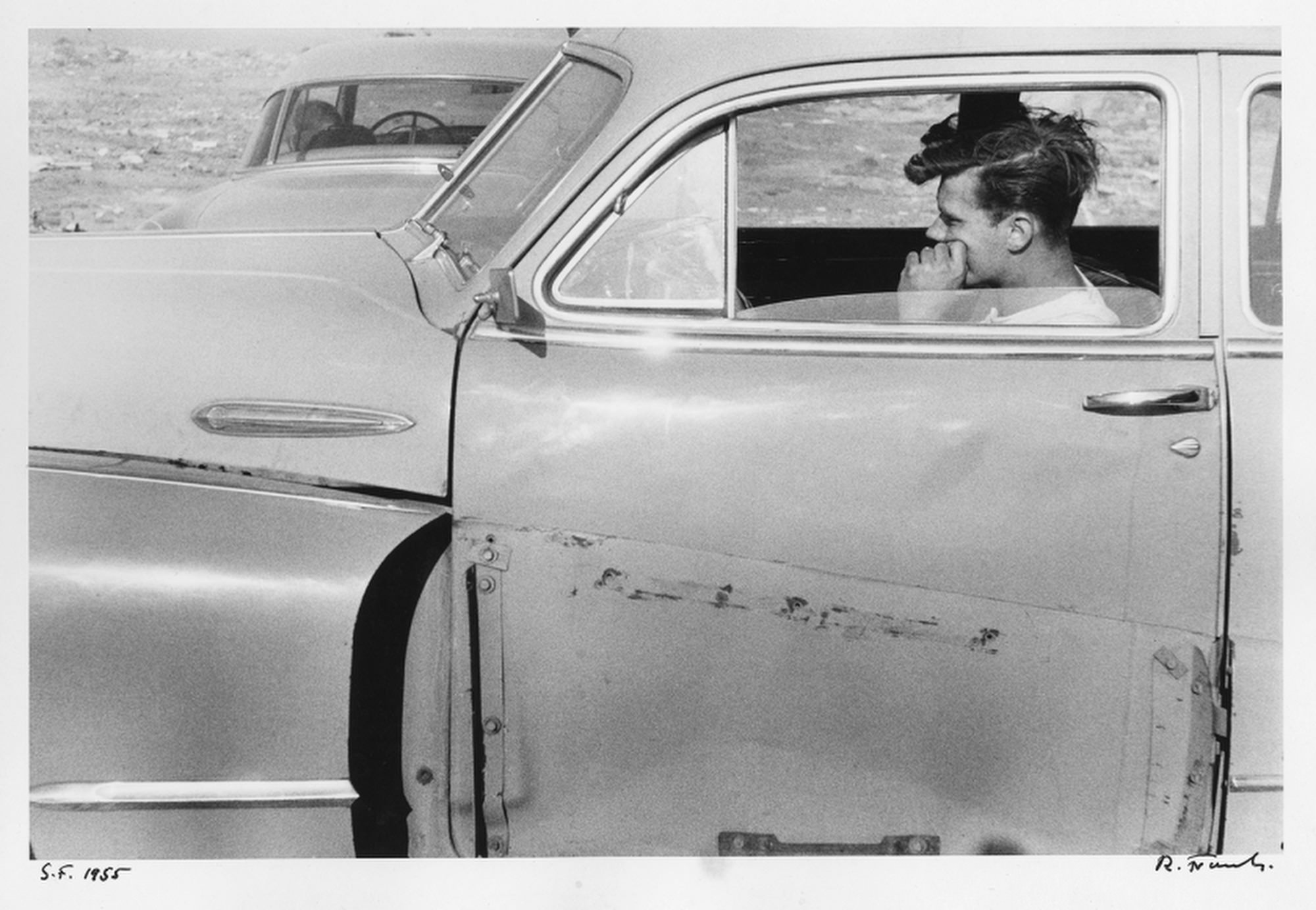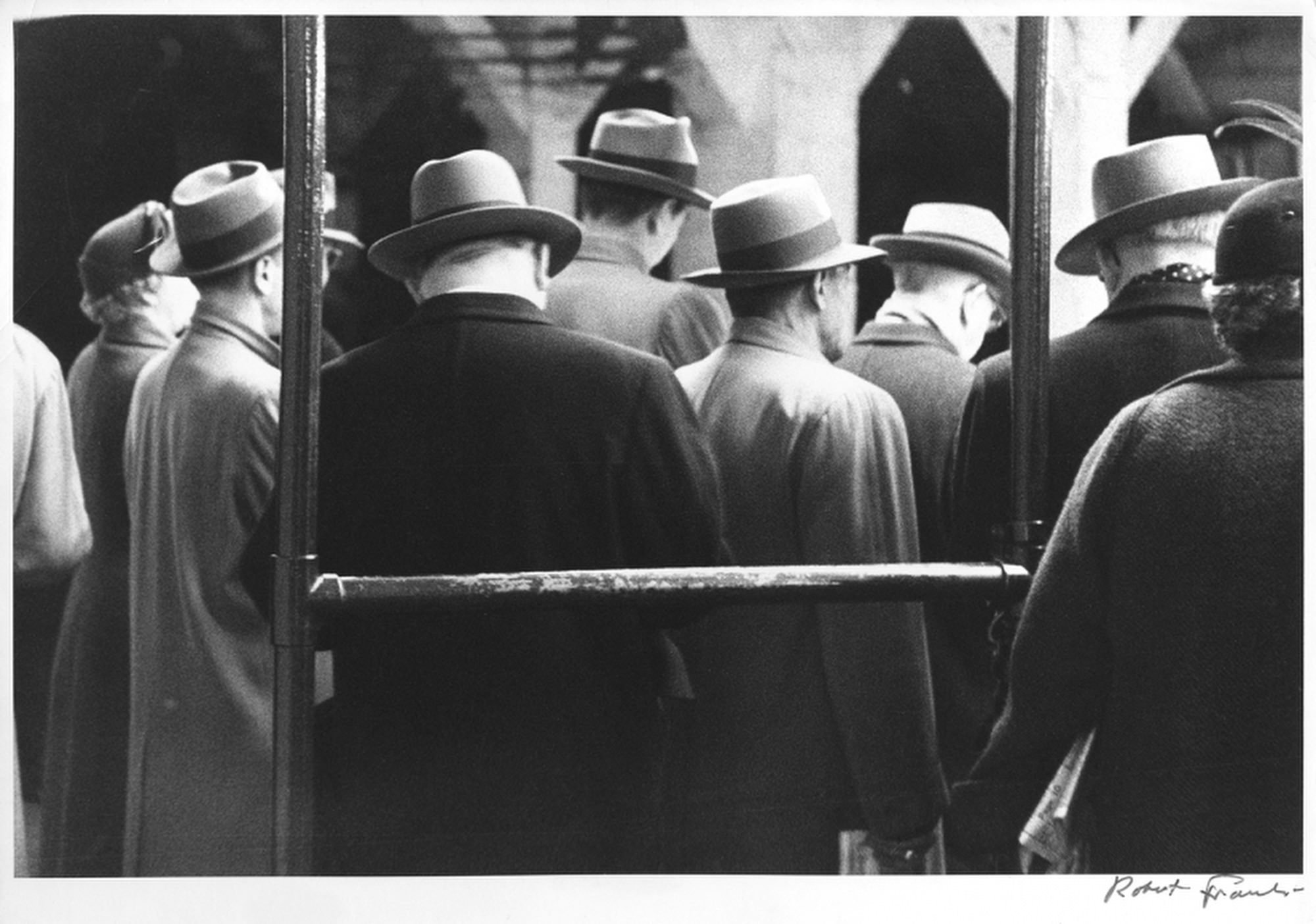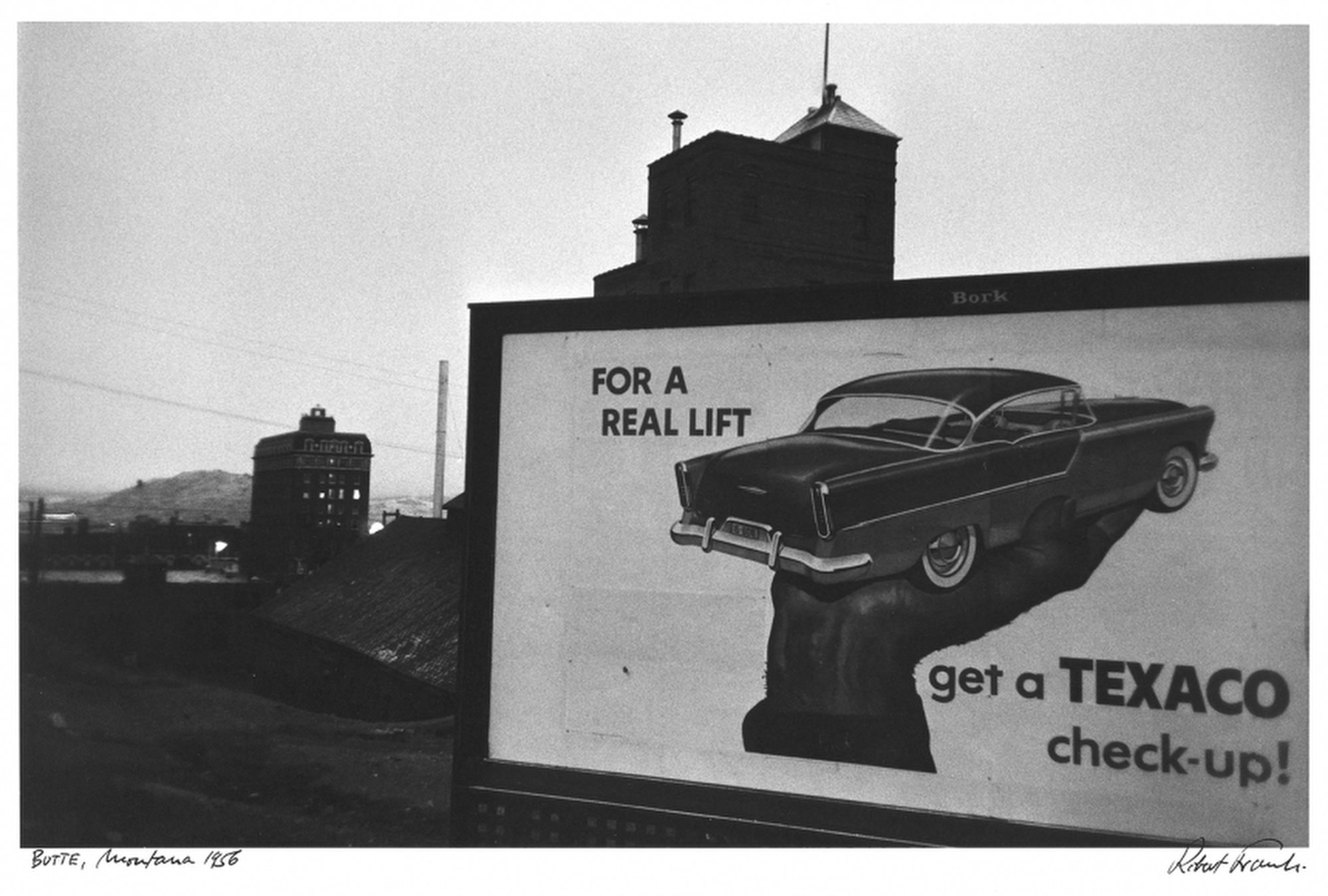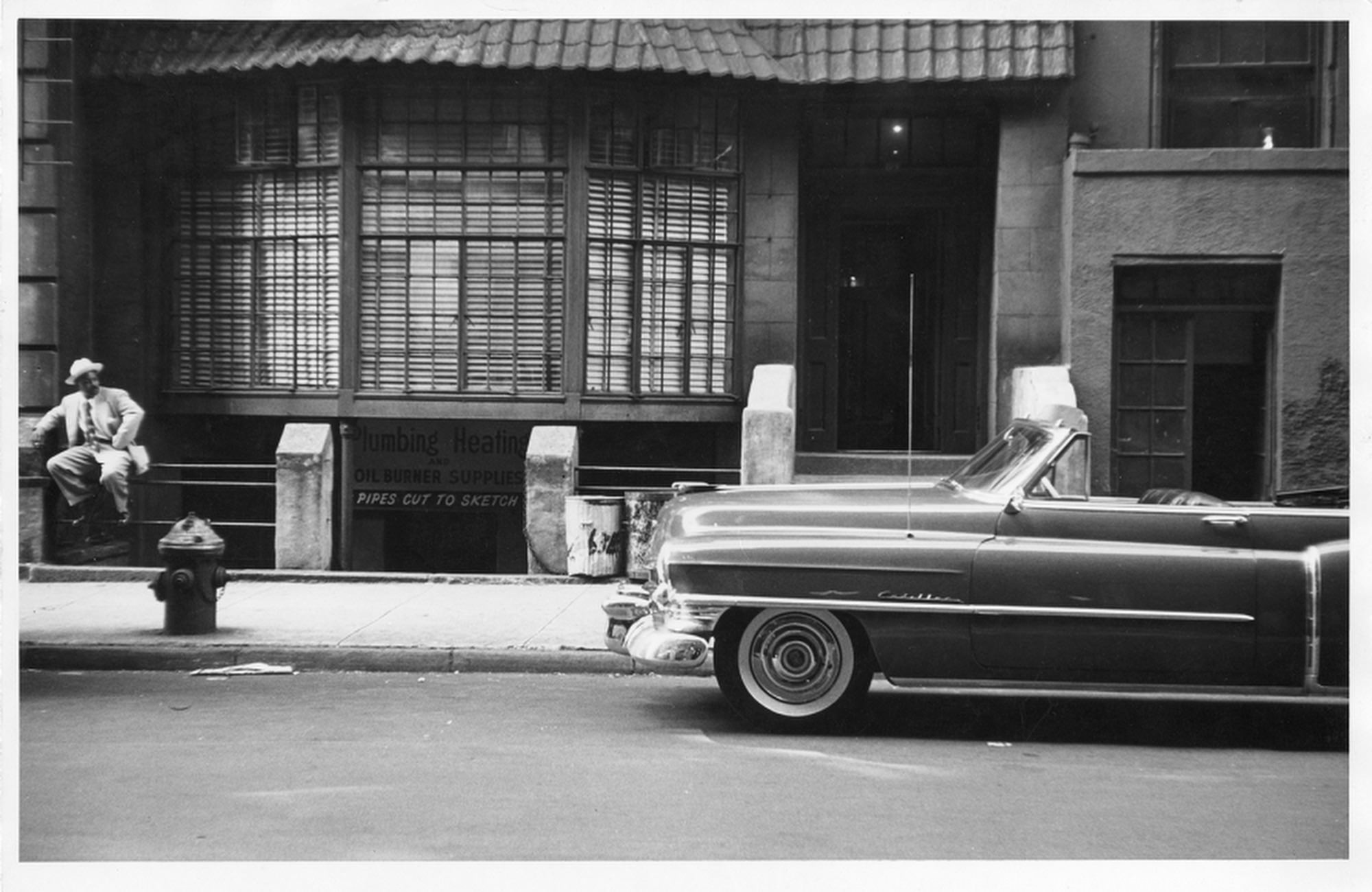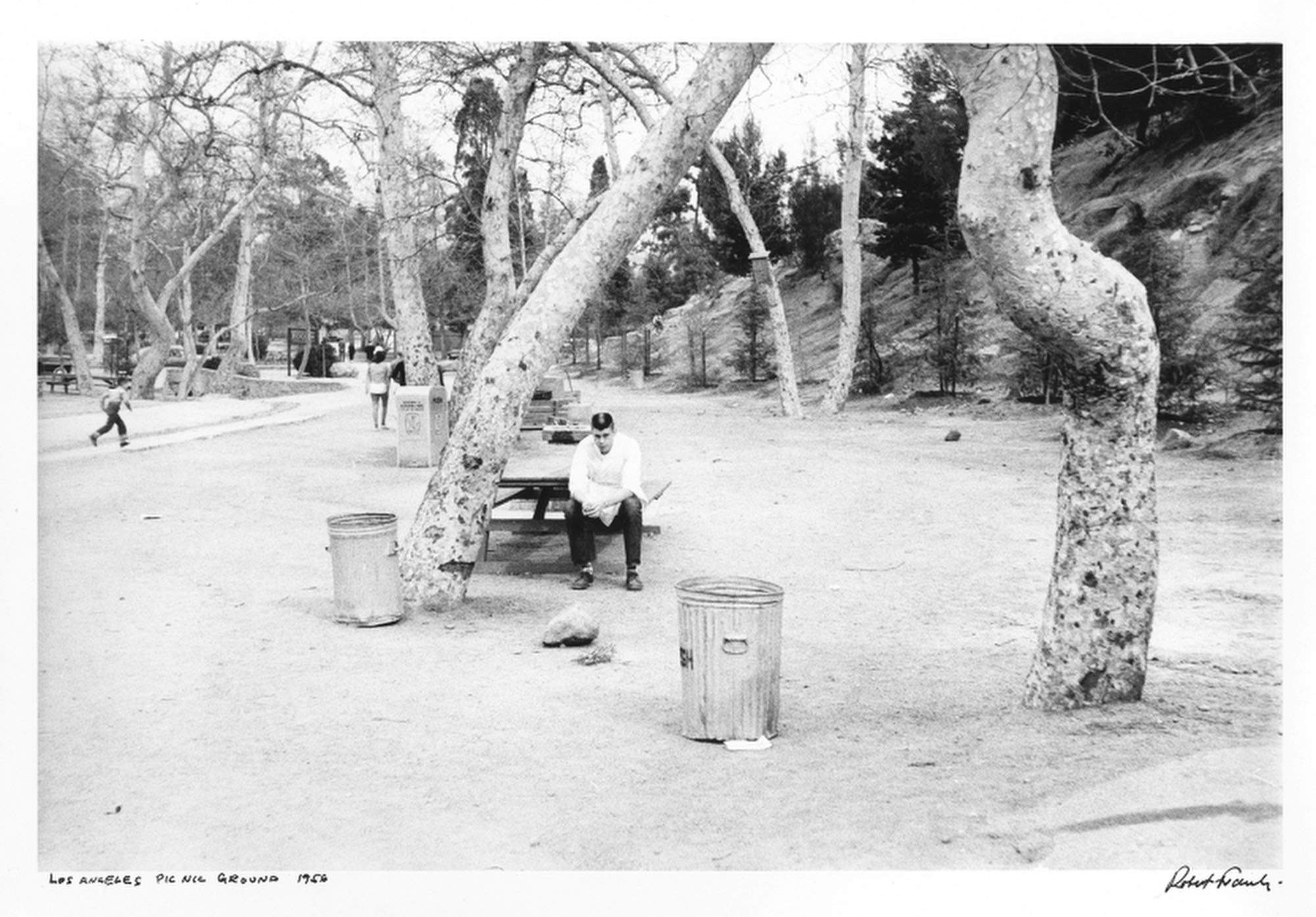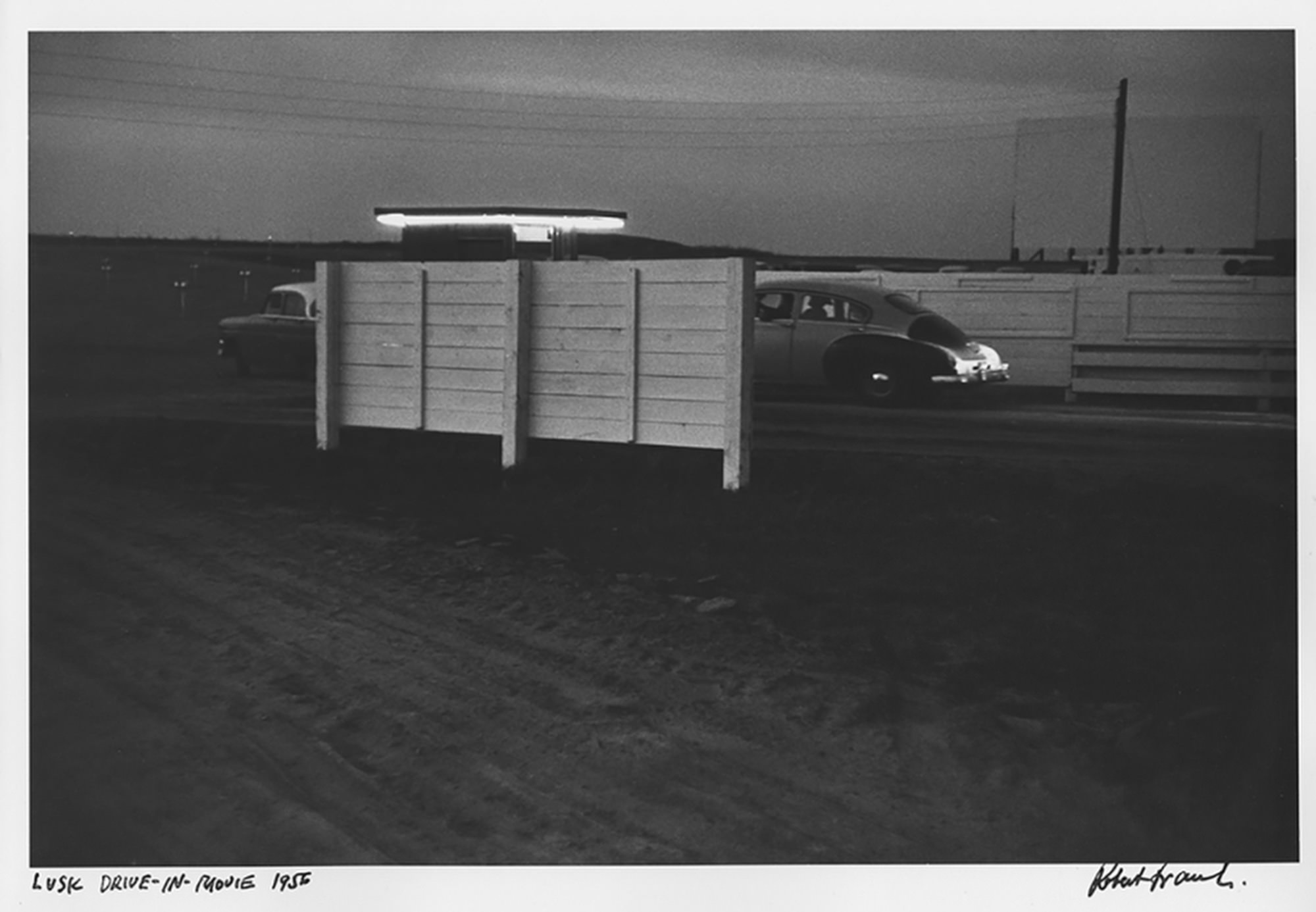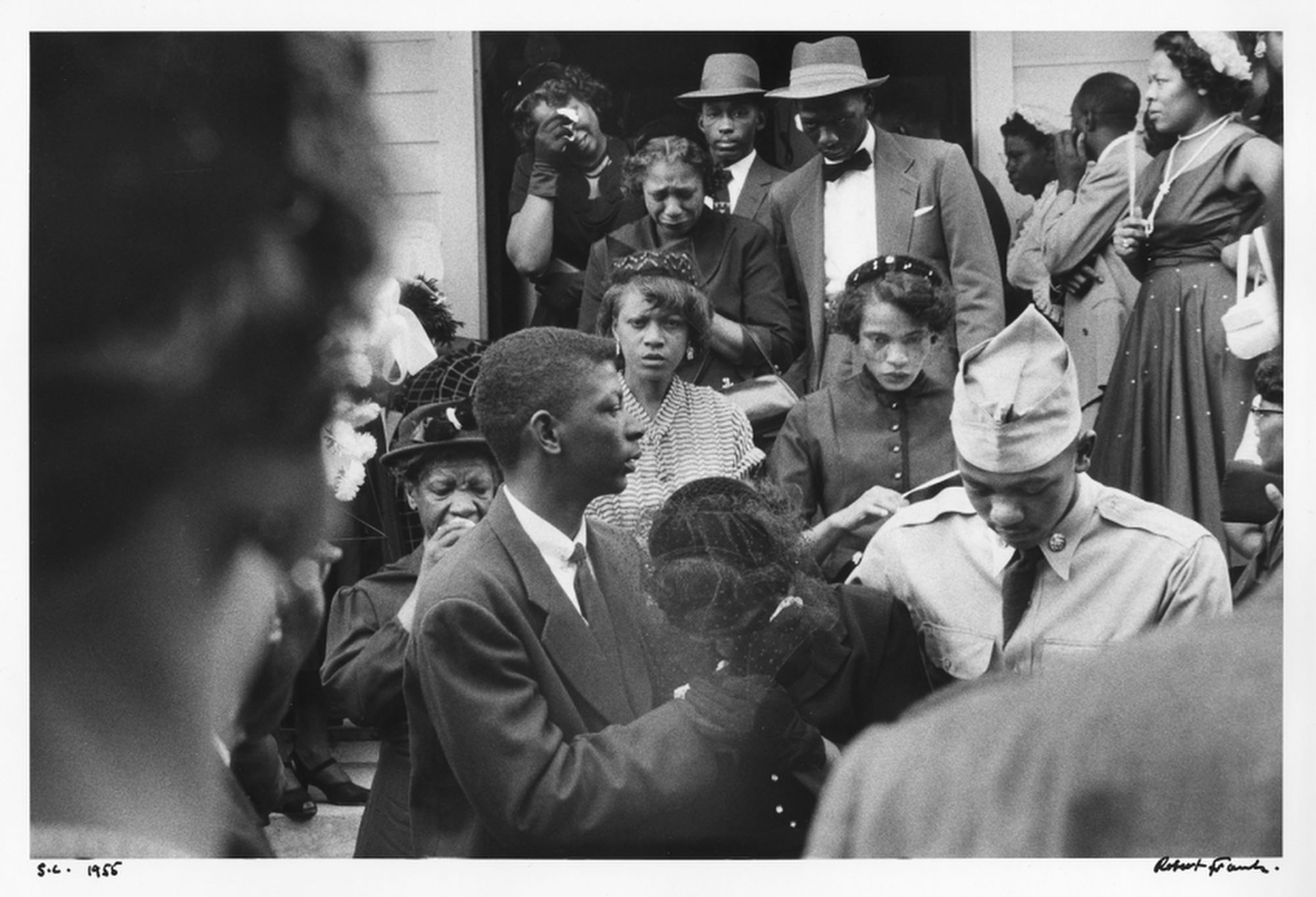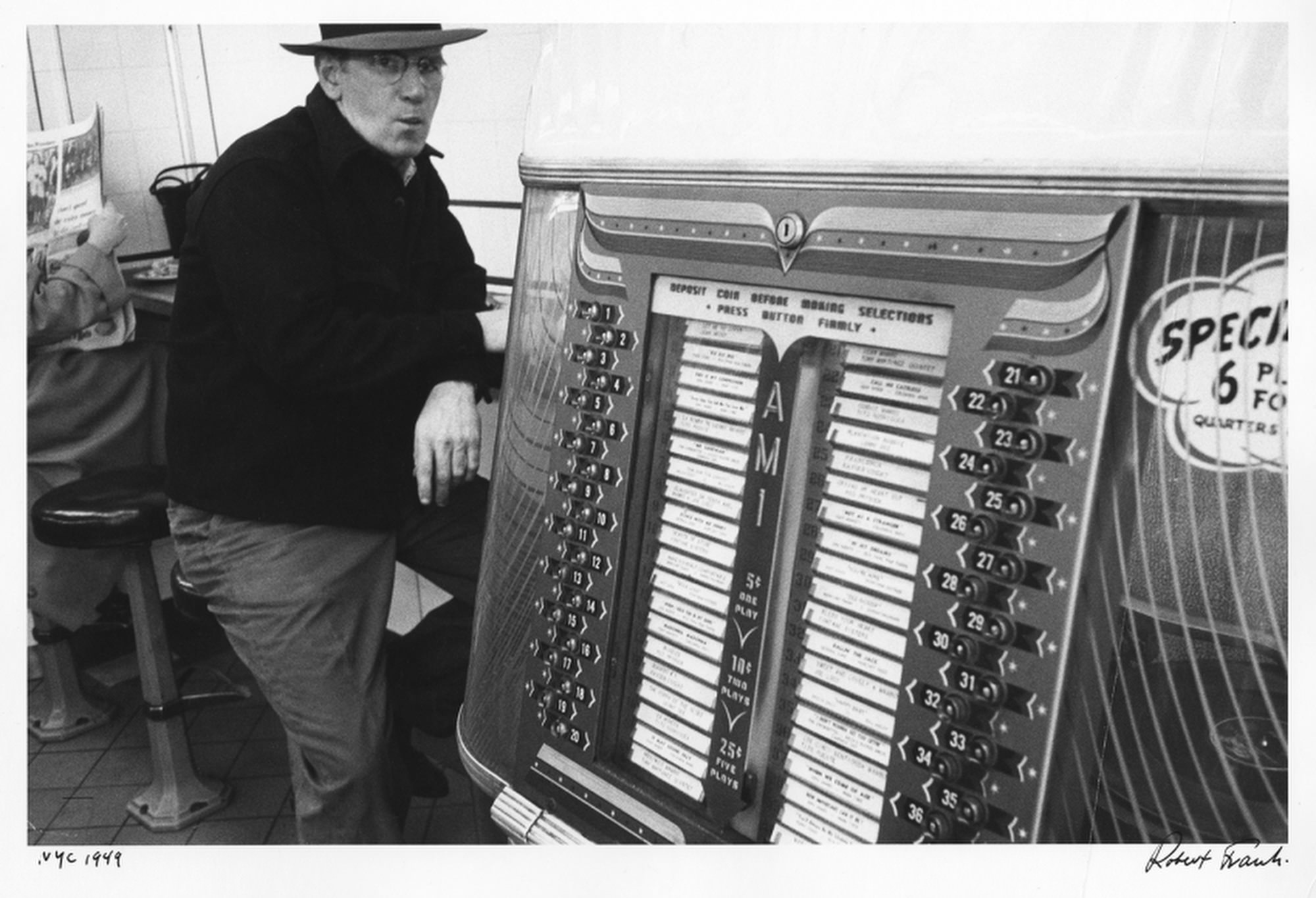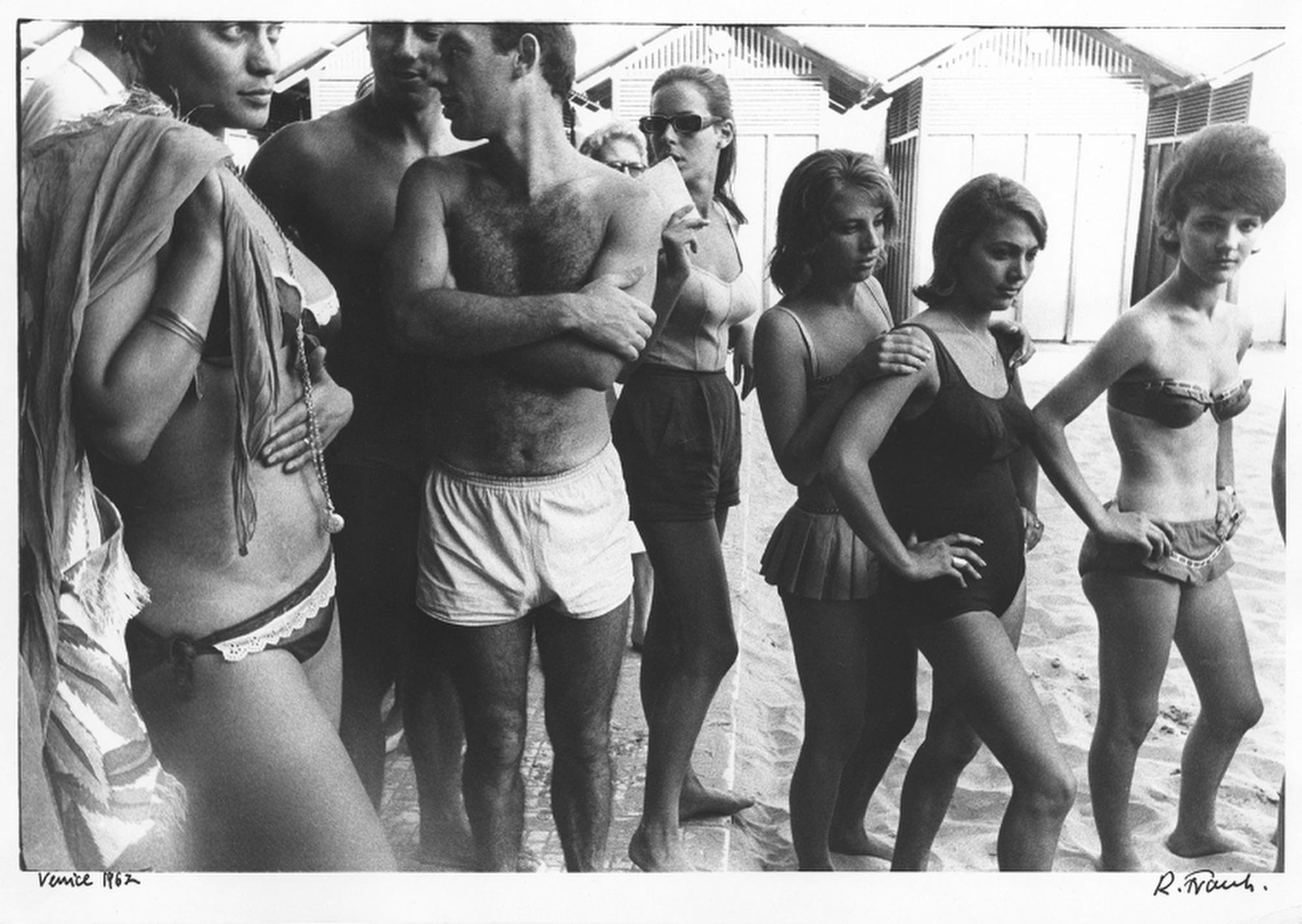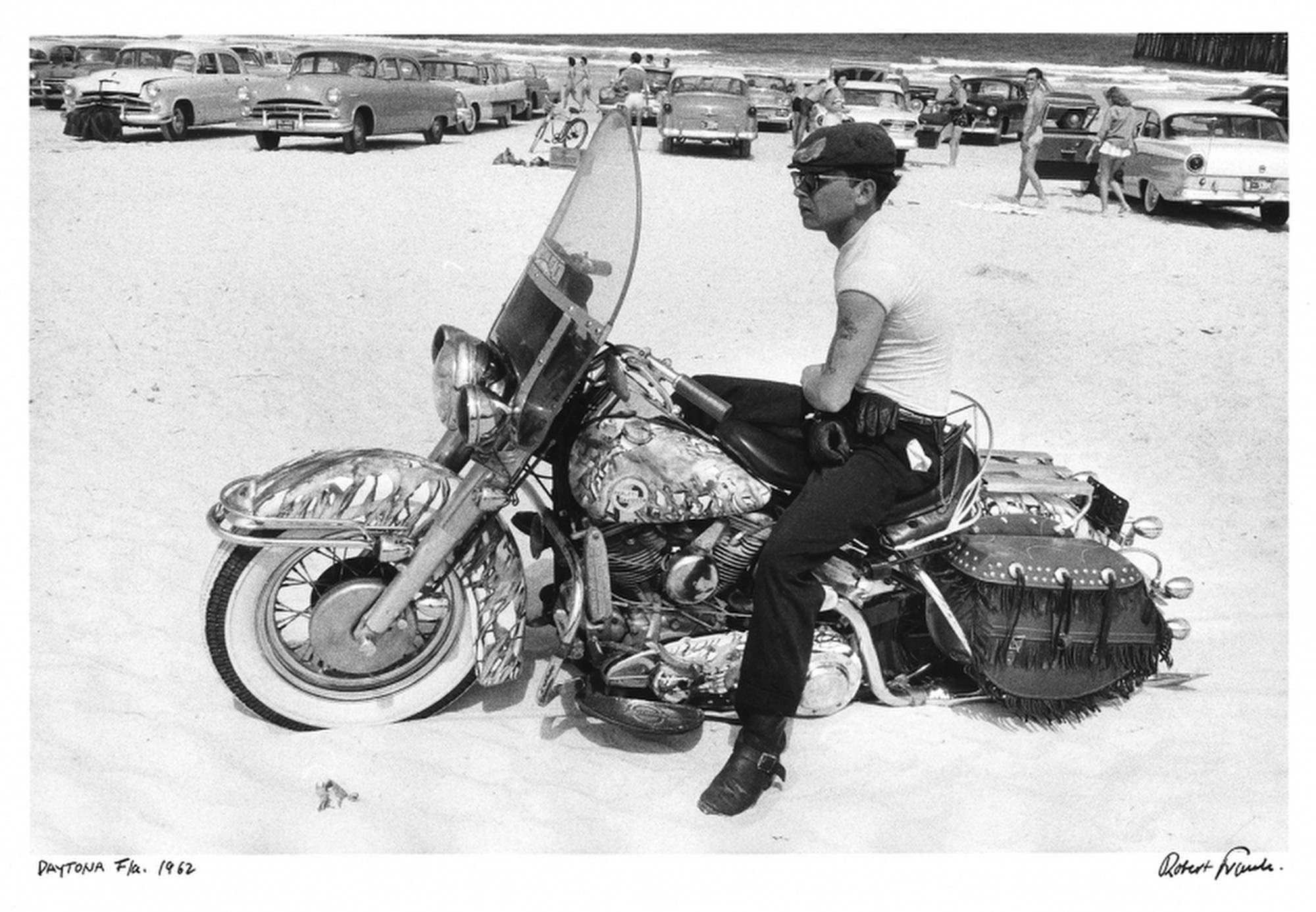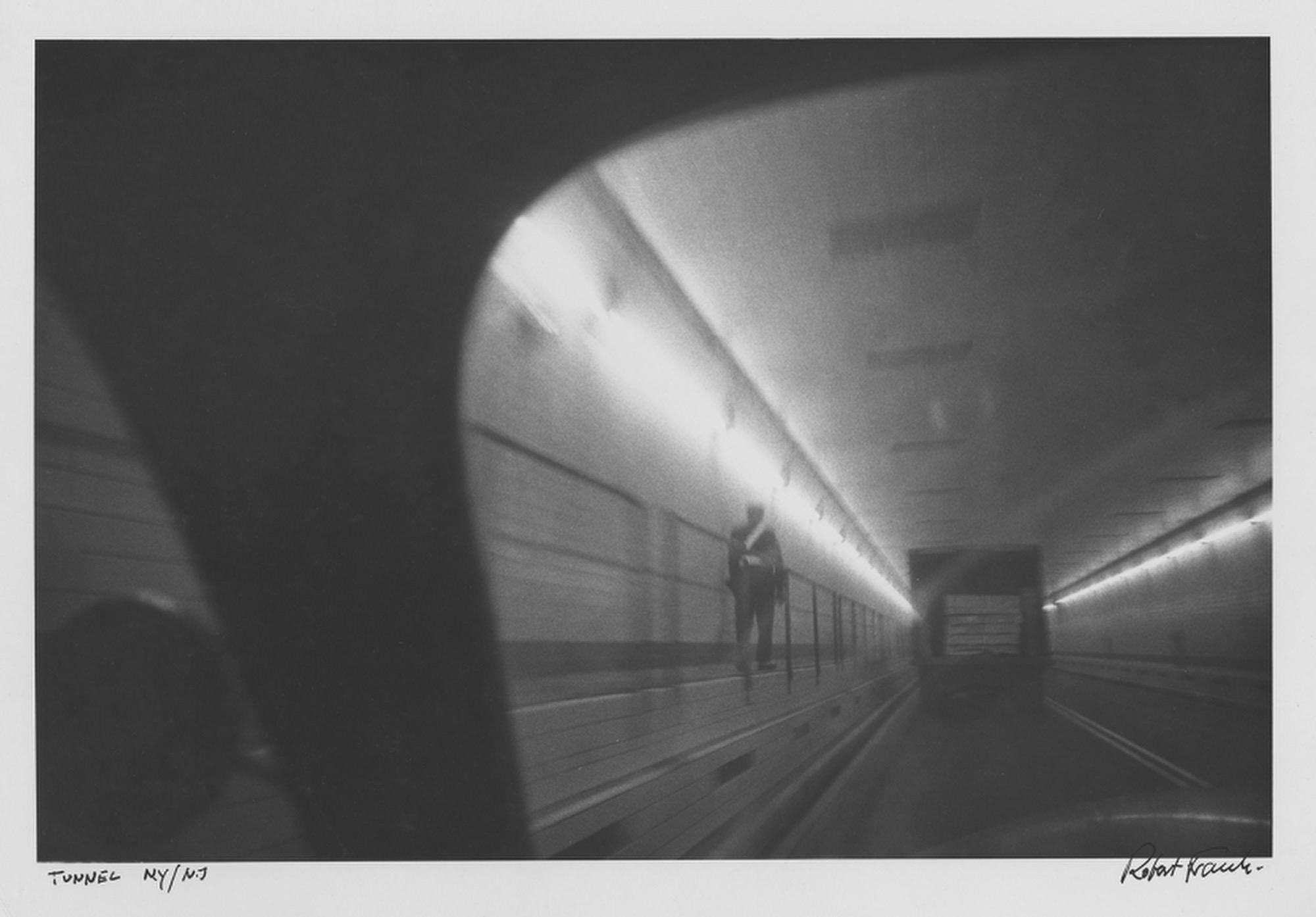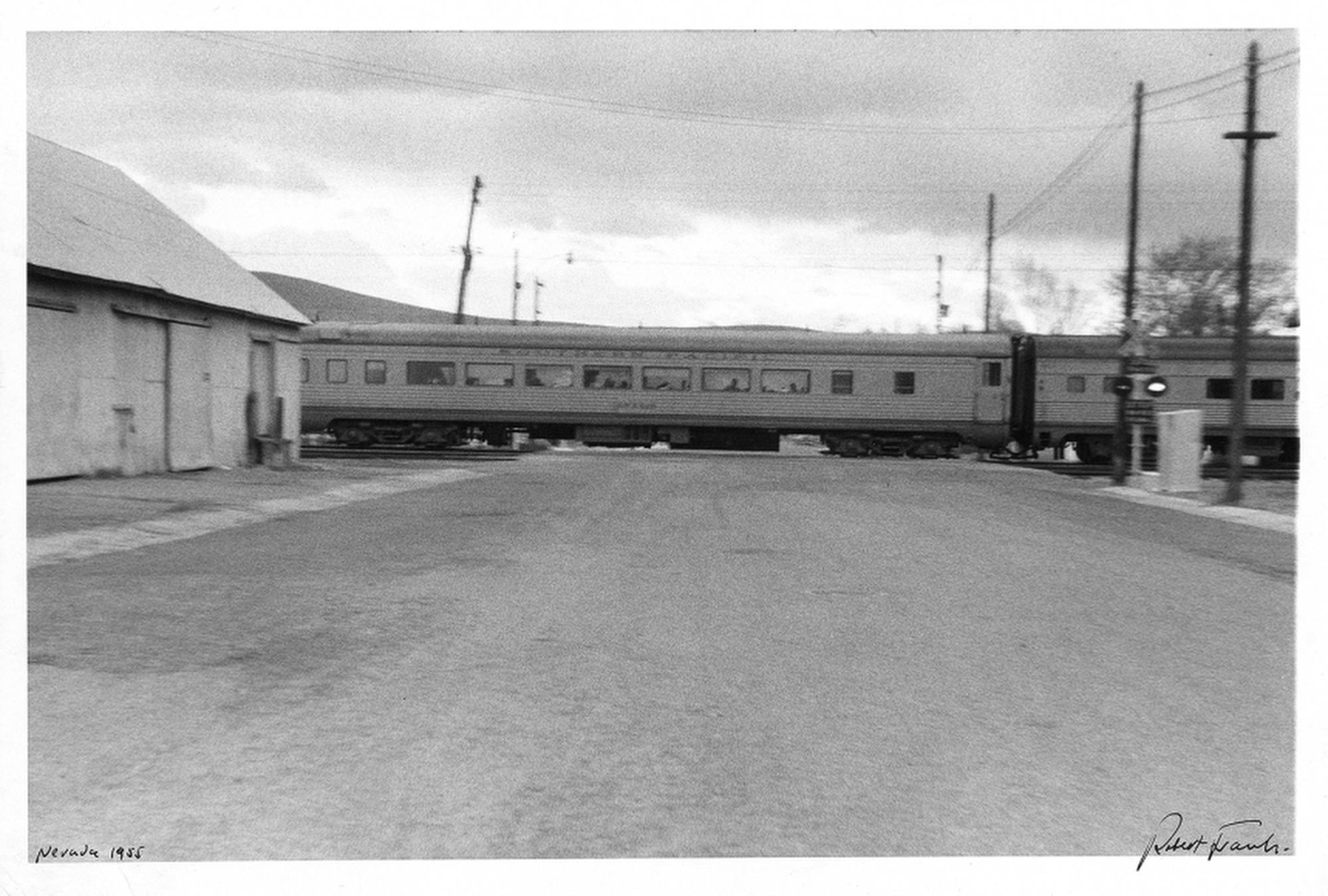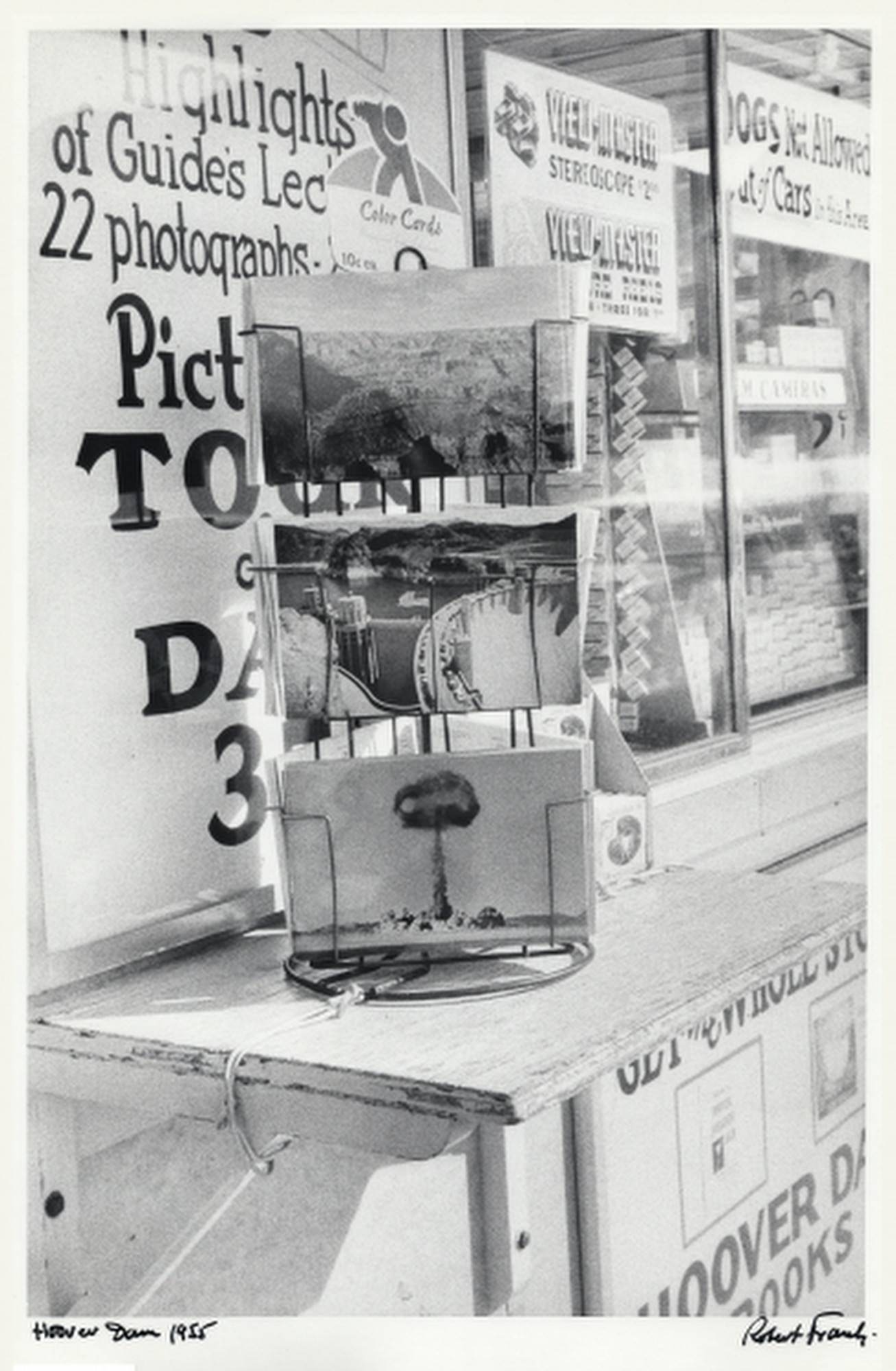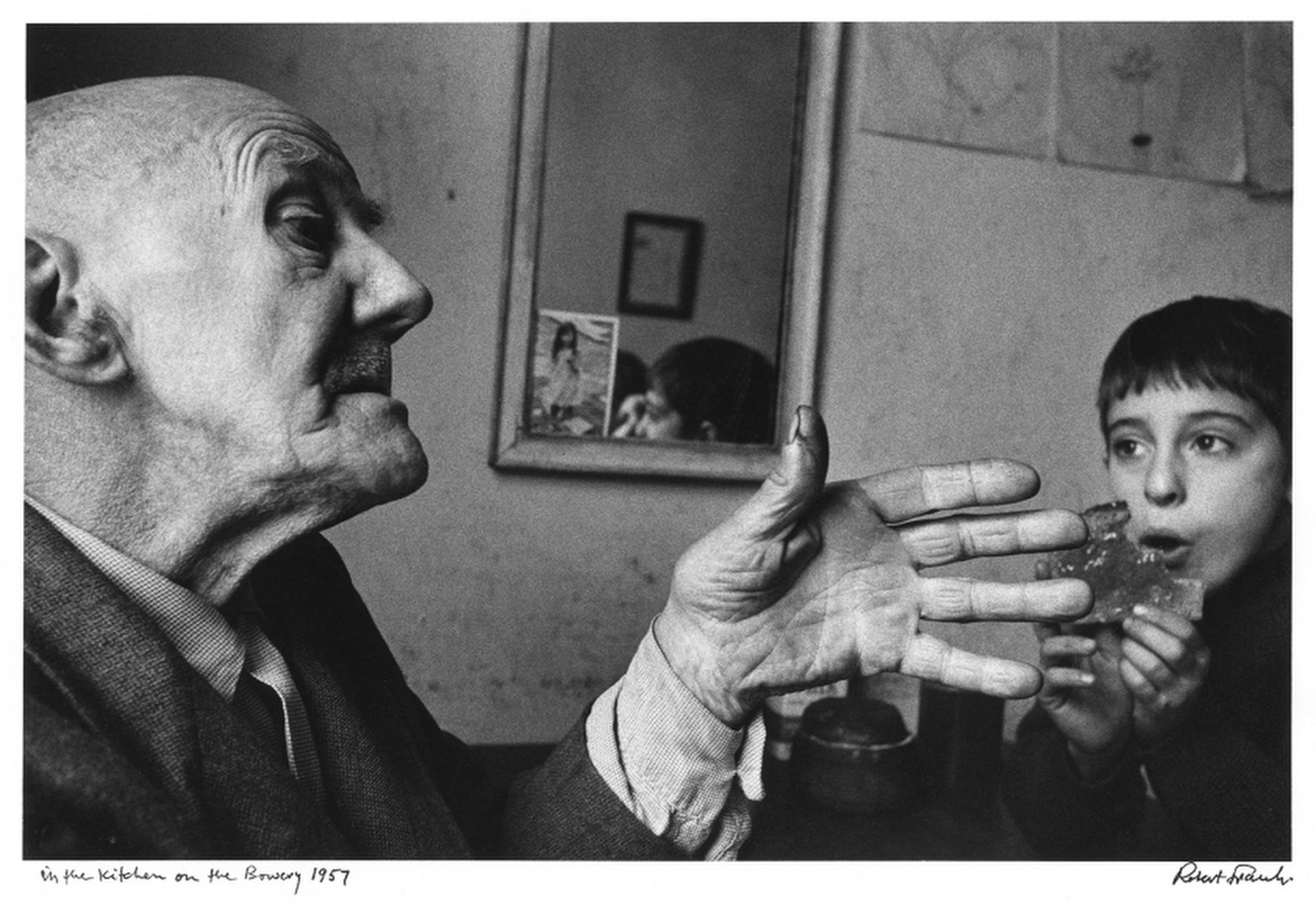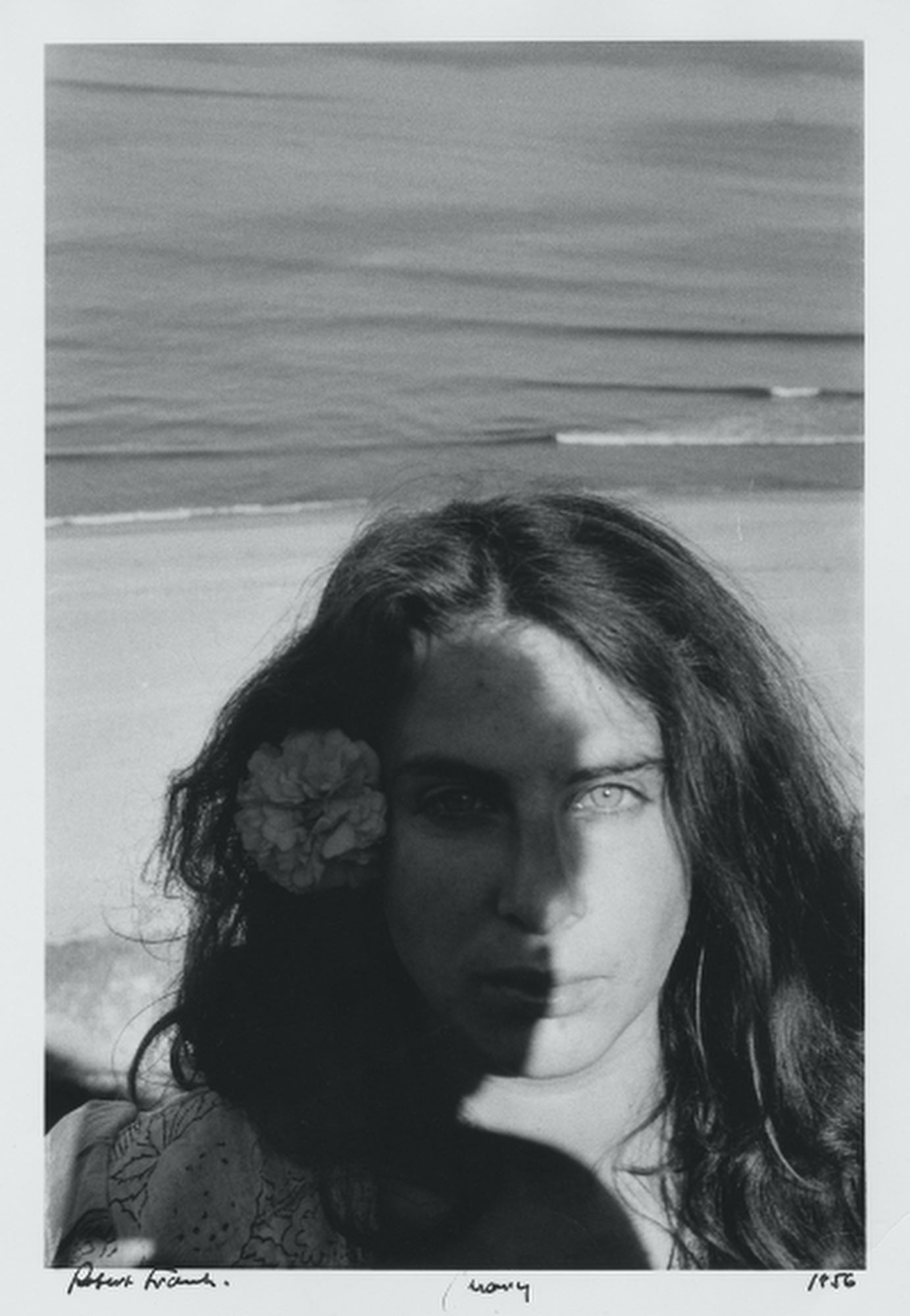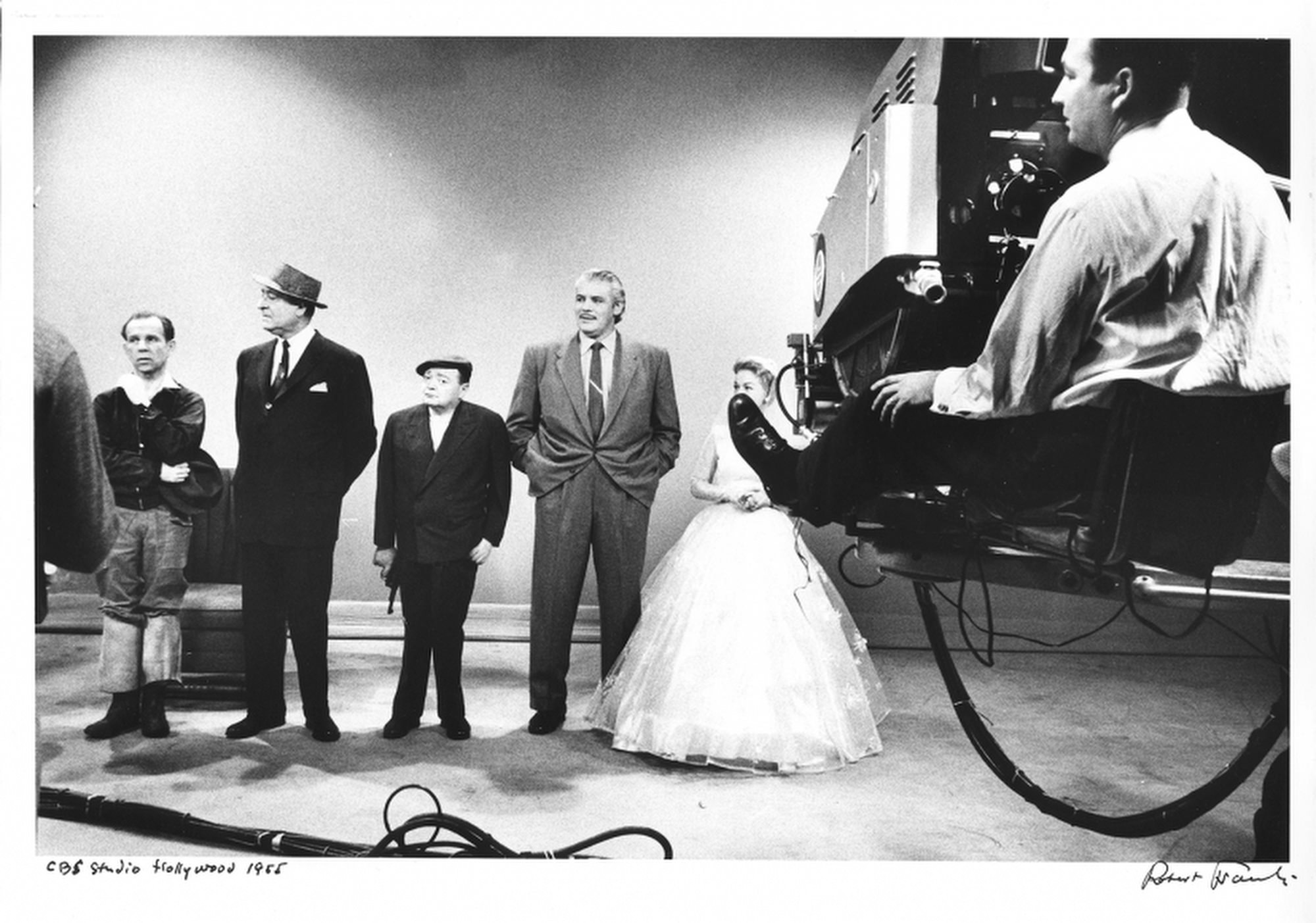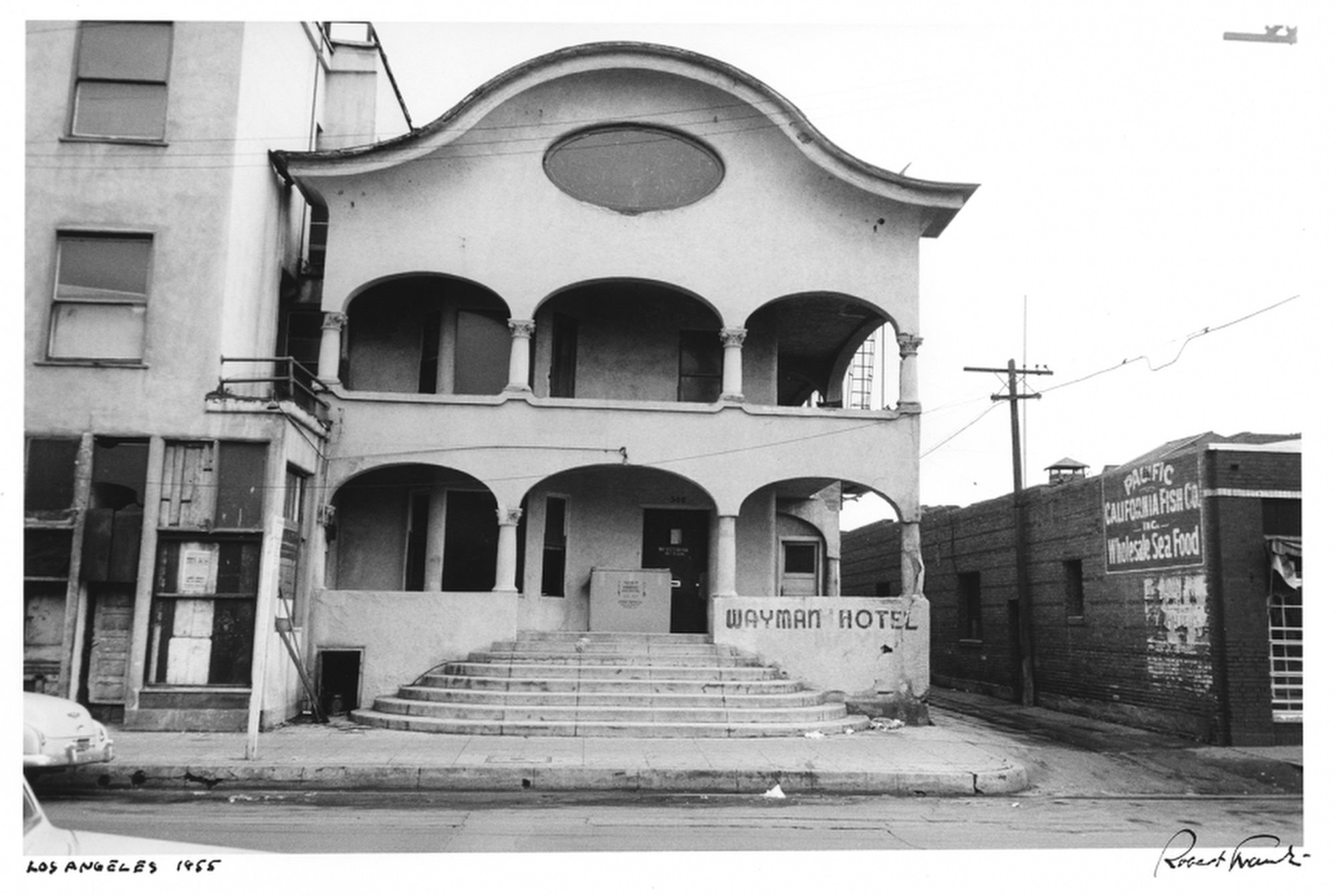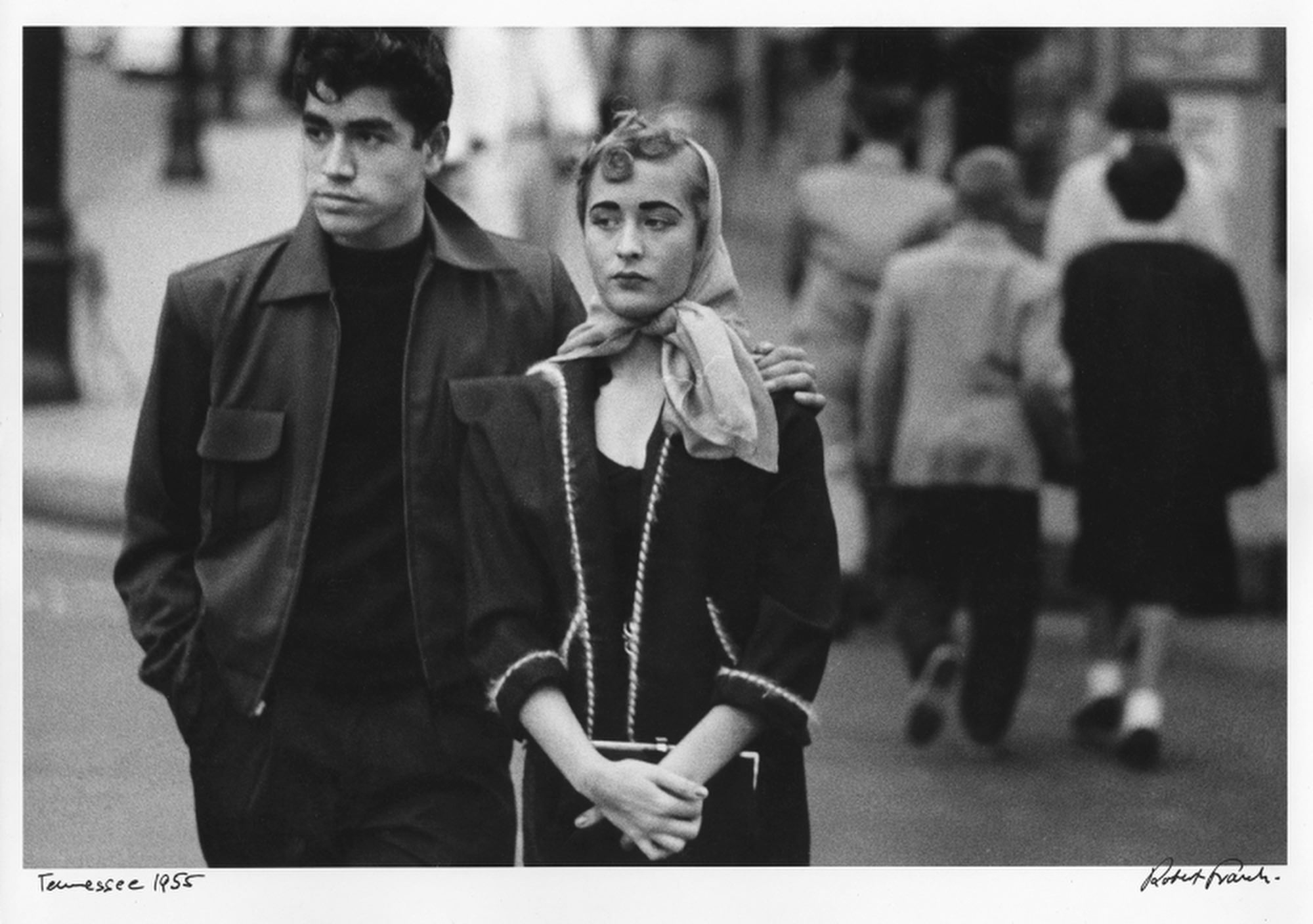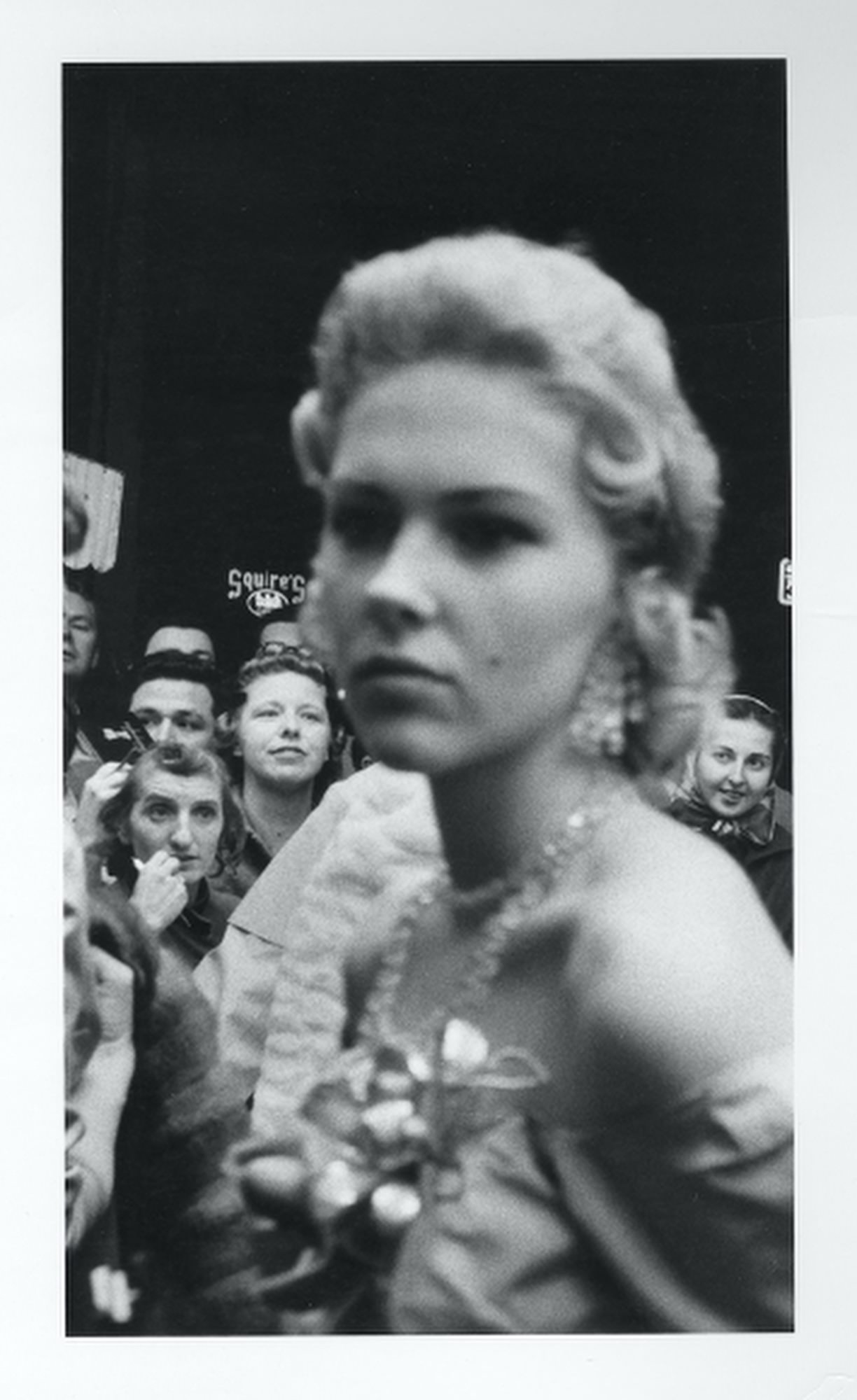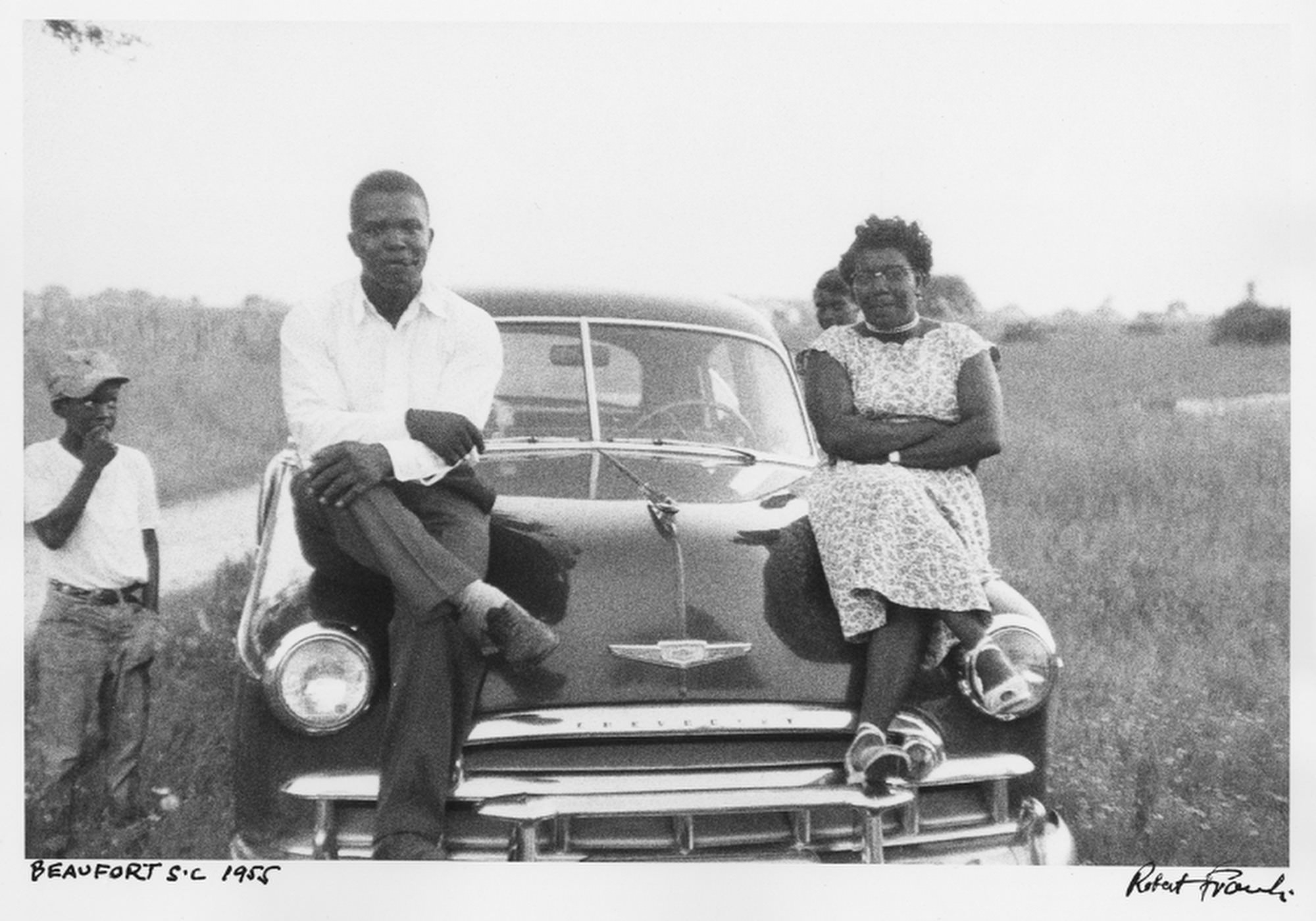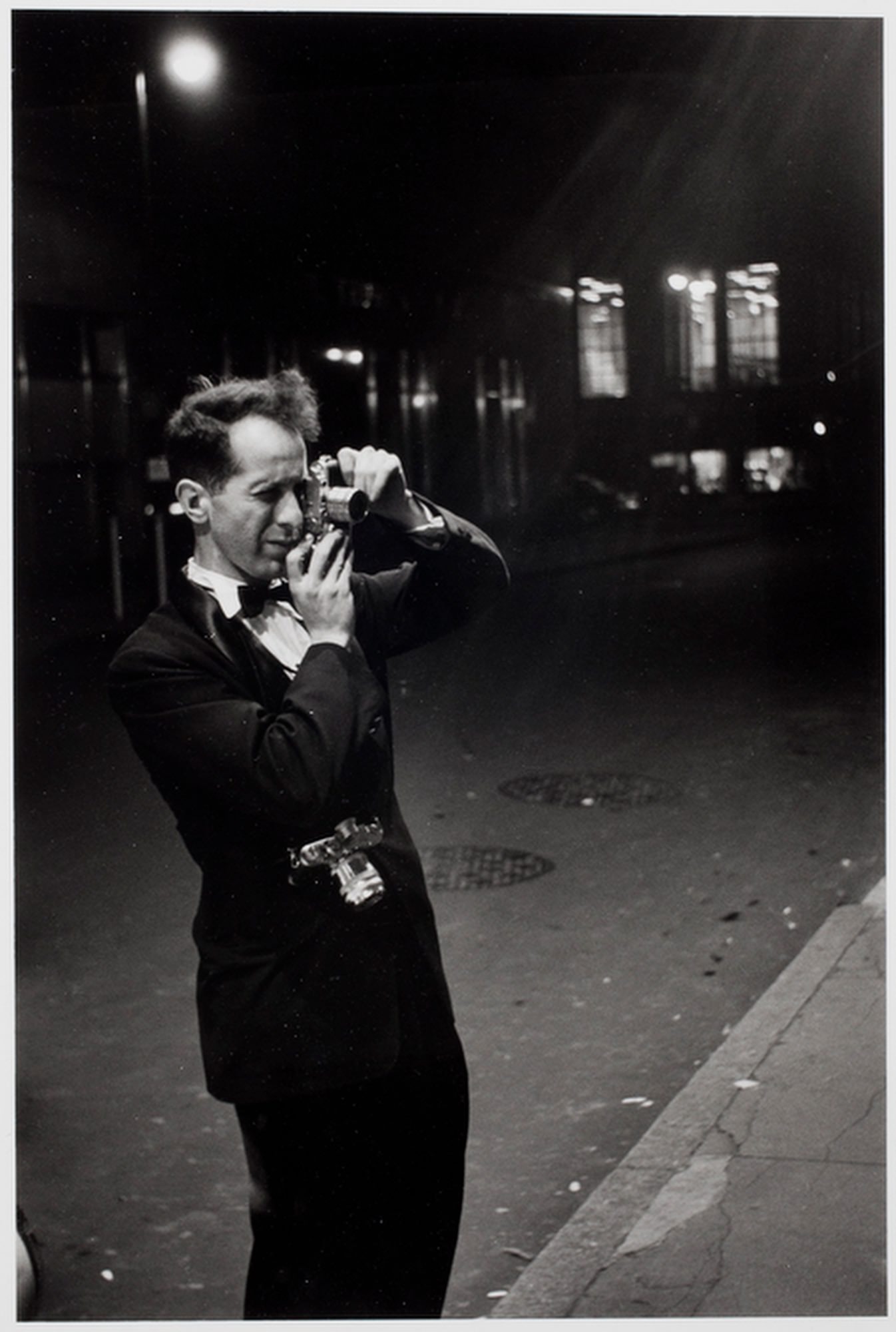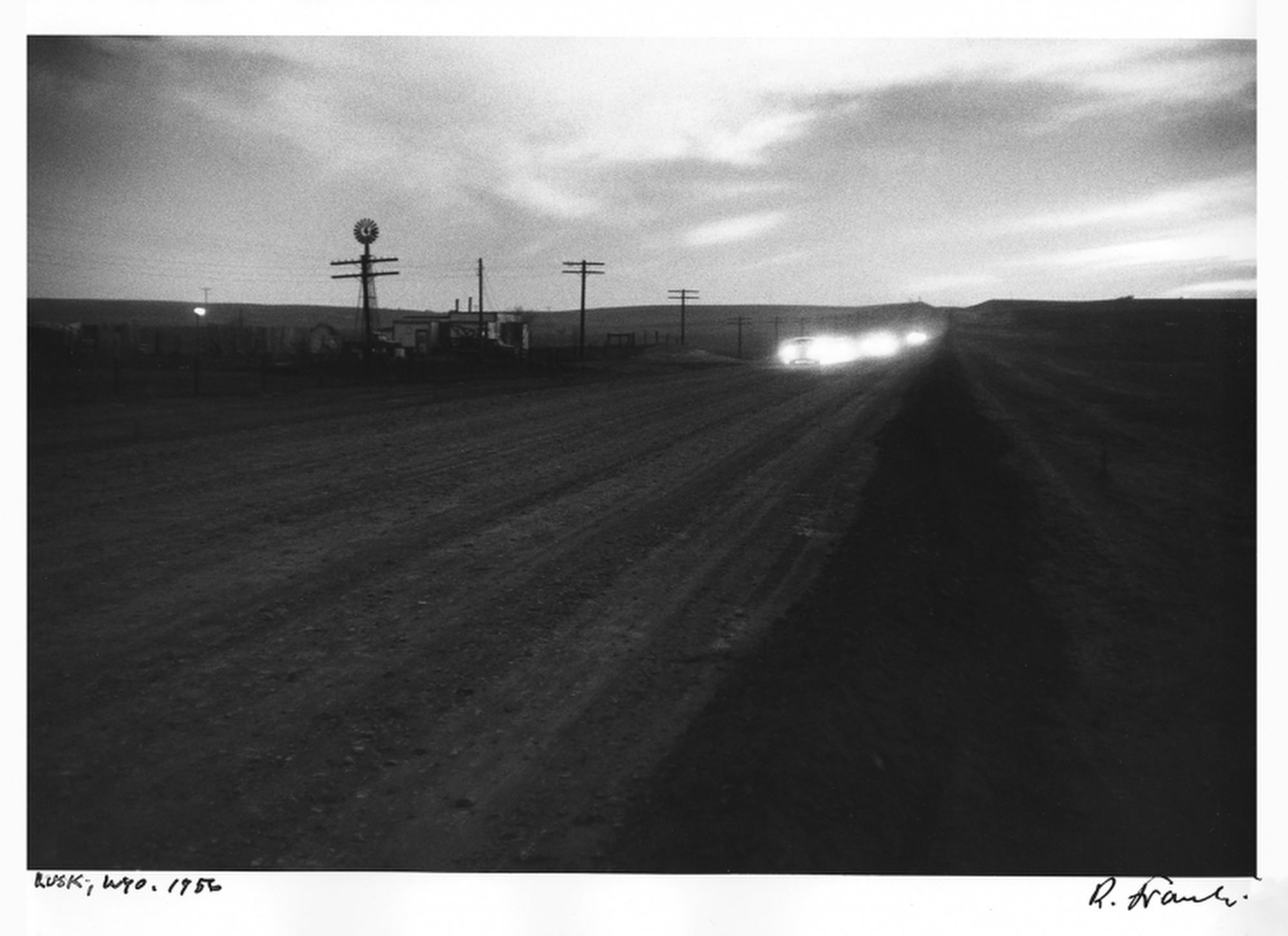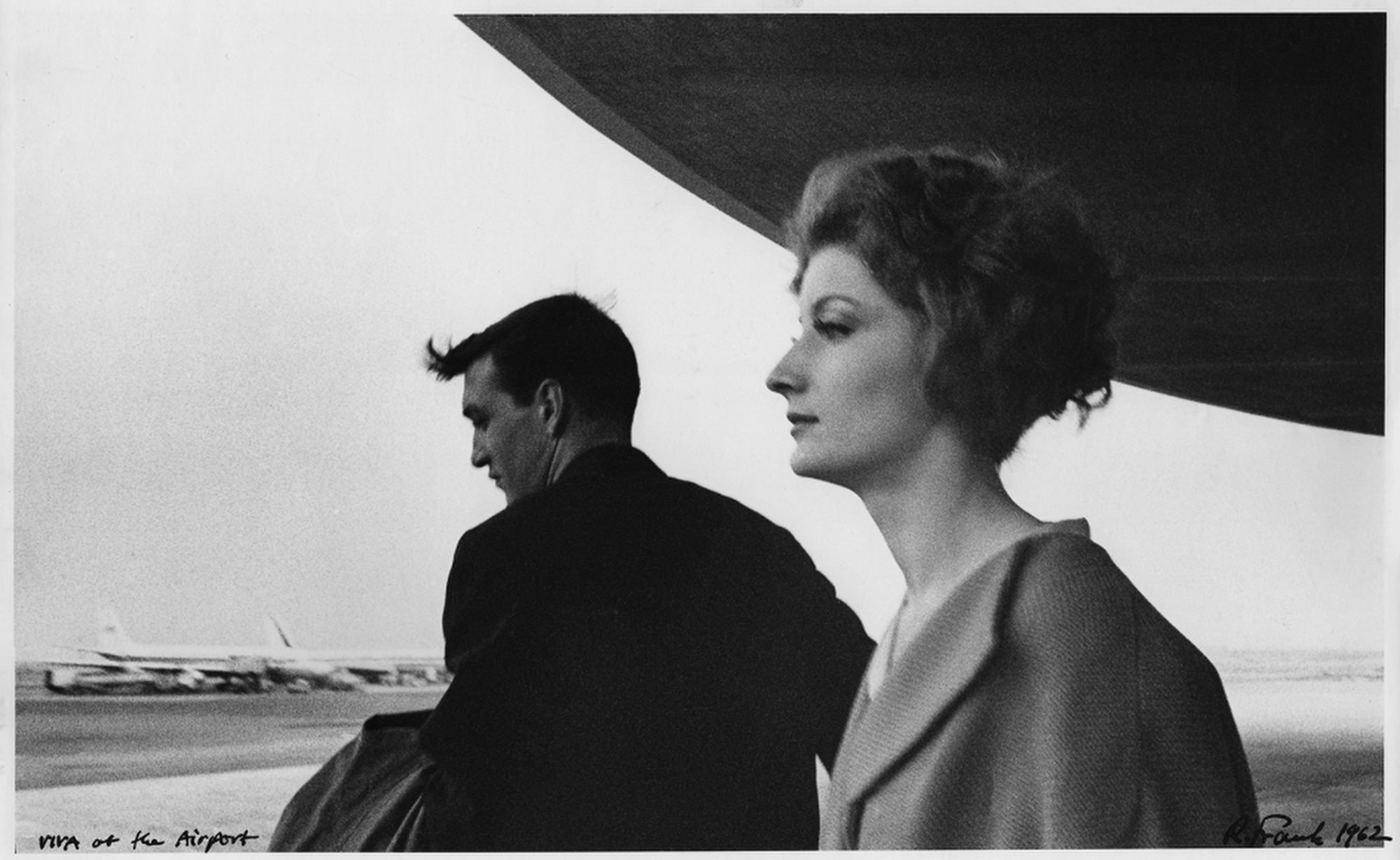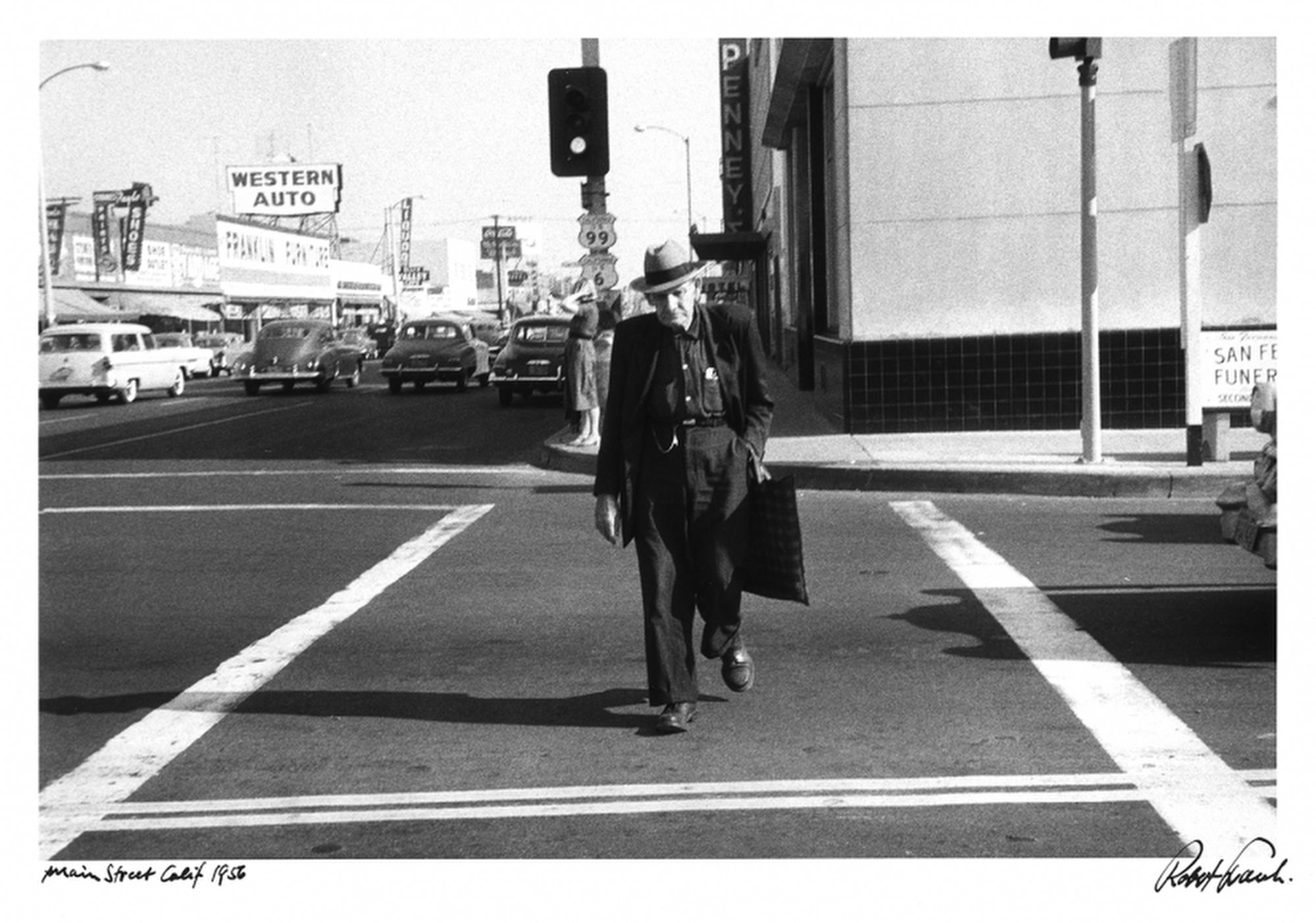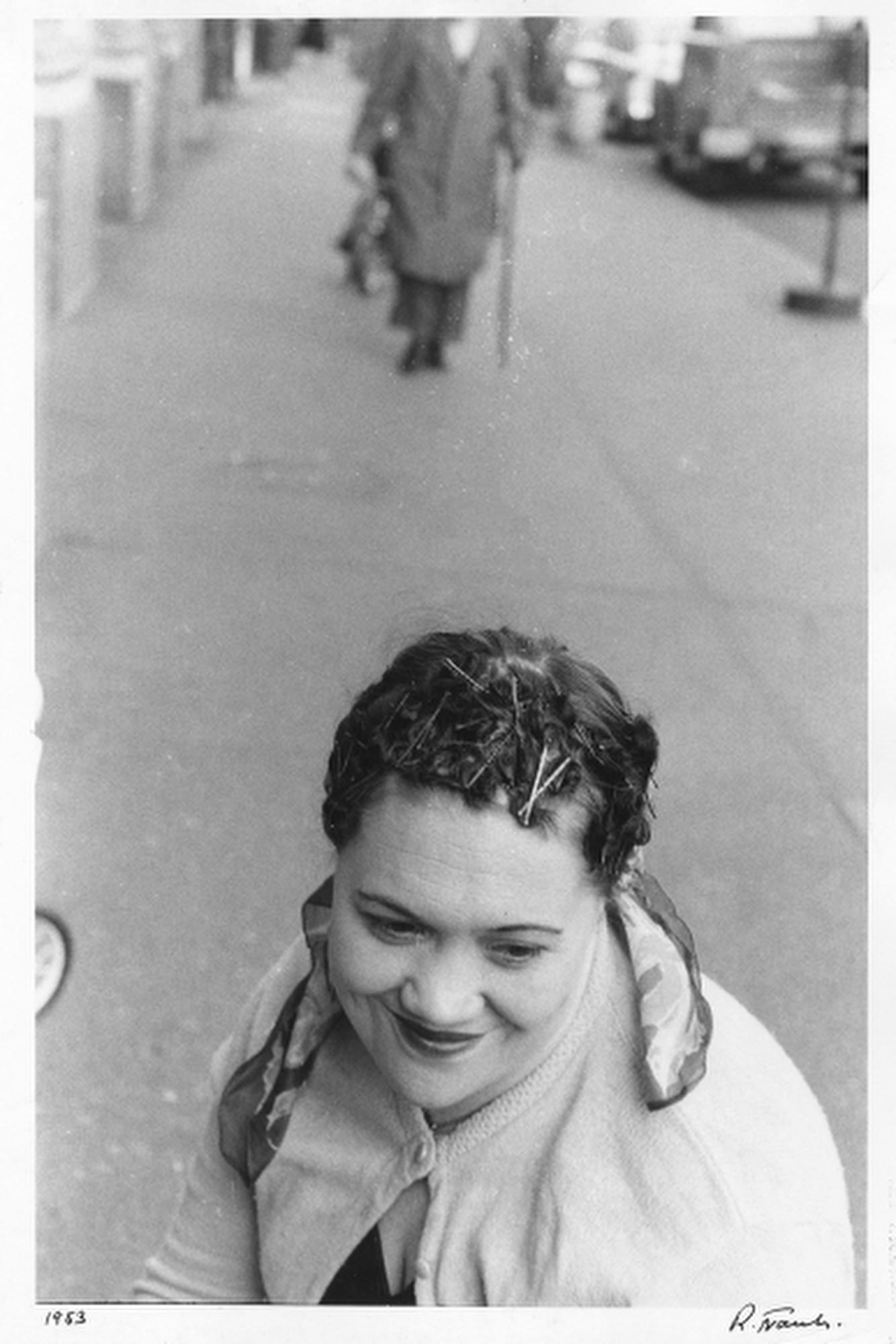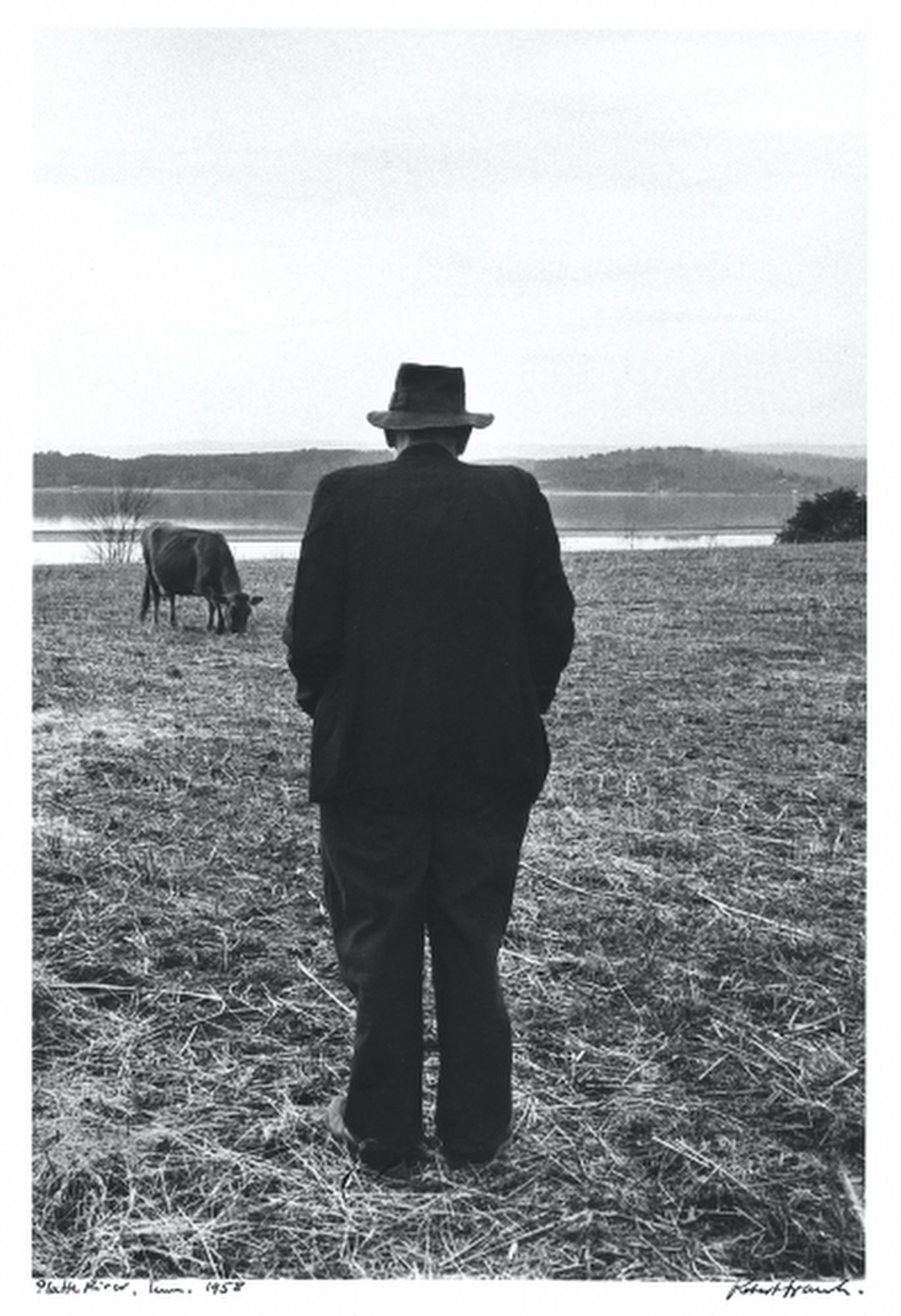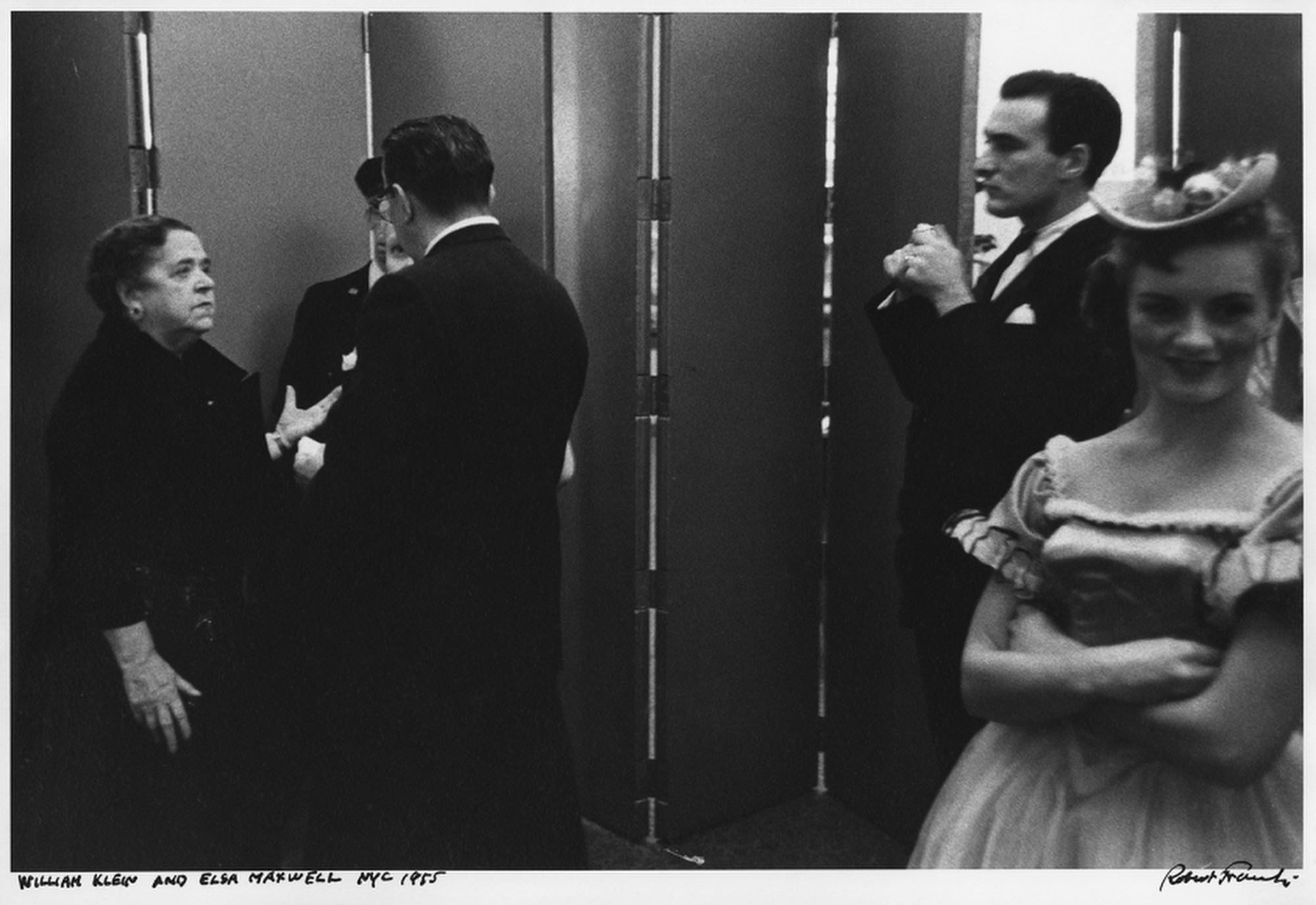Robert Frank – Rarities
Danziger at Fetterman is pleased to announce an exhibition devoted to rare prints and rarely seen images from the American photographs of Robert Frank. The exhibition will be comprised of 20 mostly unpublished works from the years 1955 – 1957 when Frank was traveling around America shooting what was to become not just his seminal work “The Americans”, but seminal work in the medium of photography.
Born in Zurich in 1924, Frank emigrated to America in 1947. As an immigrant, Frank was fascinated by his new country and after his first road trips, he applied for a Guggenheim Fellowship to fund a longer and deeper journey around all parts of the country. In his proposal to the Guggenheim Foundation Frank wrote: “The photographing of America is a large order – read at all literally, the phrase would be an absurdity.” The “total production” of such a project, he added, would be “voluminous.” Nevertheless, the proposal was accepted and Frank embarked on a three-year journey around America during which he took over 28,000 photographs.
Eighty-three of the images were subsequently published in the book “The Americans” leaving 27,900 or so frames which could have easily been edited into numerous subsequent volumes but over the years Frank was content to just make prints of the images he felt were the most resonant. Frank printed these images in the same 11 x 14 inch format as the ones included in the book.
What Frank brought to the medium was an improvisational quality that saw the world in a different but more truthful way than the commonly perceived visual clichés of his time. While the often dark and idiosyncratic nature of his vision shocked many people, it led the way to much of what has followed in photography.
Sarah Greenough, senior curator of photography at the National Gallery of Art in Washington noted: “Frank revealed a people who were plagued by racism, ill-served by their politicians, and rendered increasingly numb by the rising culture of consumerism. But it’s also important to point out that he found new areas of beauty in those simple, overlooked corners of American life – in diners, or on the street. He pioneered a whole new subject matter that we now define as icons: cars, jukeboxes, even the road itself. All of these things, coupled with his style – which is seemingly intuitive, immediate, and off-kilter – were radically new at the time.”
About the prints
By the late 1970s, Frank had turned his primary attention away from photography to film making and in order to fund both his life and his film work, in 1978 he sold his existing archive of prints along with several hundred prints made to complete the transaction. The prints exhibited here all come from that purchase — the largest private collection of this most important figure in the history of the medium.
About the Author
Robert Frank began studying photography in 1941 and spent the next six years working for commercial photography and graphic design studios in Zurich, Geneva, and Basel. In 1947 he traveled to the United States, where Alexey Brodovitch hired him to make fashion photographs at Harper’s Bazaar. Although a few magazines accepted Frank’s unconventional use of the 35-millimeter Leica for fashion work, he disliked the limitations of fashion photography and resigned a few months after he was hired. Between 1950 and 1955 he worked freelance producing photojournalism and advertising photographs for LIFE, Look, Charm, Vogue, and others.
He also garnered support for his independently produced street photographs from important figures in the New York art world, including Edward Steichen, Willem de Kooning, Franz Kline, and Walker Evans, who became an important American advocate of Frank’s photography. It was Evans who suggested that he apply for the Guggenheim Fellowship that freed him to travel throughout the country in 1955 and 1956 and make the photographs that would result in his most famous book, The Americans, first published in France as Les Américains in 1957. After its publication in America in 1959, he devoted an increasing amount of time to making films, including Pull My Daisy and Cocksucker Blues, both of which exemplify avant-garde filmmaking of the era. Since 1970, Frank has divided his time between Nova Scotia and New York; he continues to produce still photographs in addition to films.
The Americans was one of the most revolutionary volumes in the history of photography, and it was a source of controversy when it was published in the United States. Frank’s cutting perspective on American culture, combined with his carefree attitude toward traditional photographic technique, shocked most Americans who saw it at the time. During the next decade, however, these qualities of his photography became touchstones for a new generation of American photographers; indeed, Frank’s work continues to shape contemporary photography. (Lisa Hostetler via ICP.org)
ROBERT FRANK – RARITIES
February 4 – April 3, 2021
DANZIGER GALLERY
NEW YORK
More info on: https://www.danzigergallery.com/

